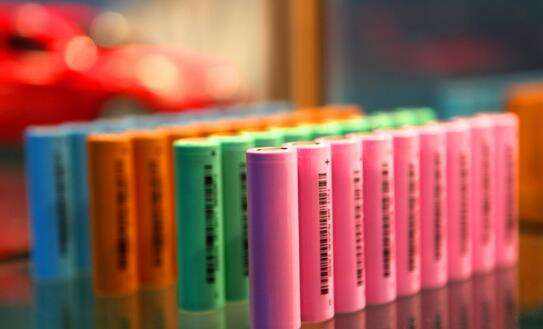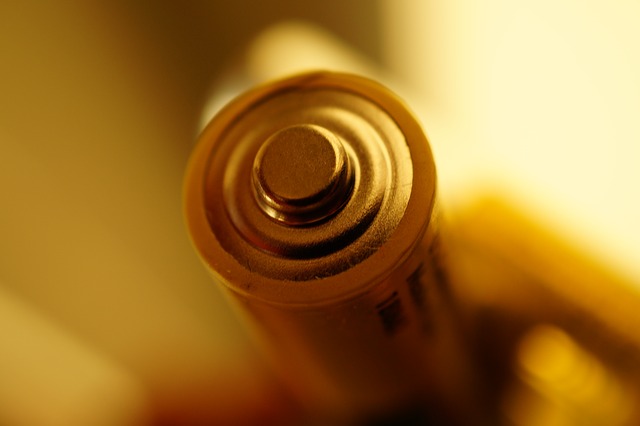Lithium-ion Batteries for Solar System-Type and Charging
Feb 19, 2020 Pageview:885
The interest in renewable energy is growing at an extreme rate, and solar power has been the talk of the decades as more advancements are being made to enhance the project. Using solar panels together with grid-connected residential projects allows one to keep providing power to vital loads even when the network is down. The batteries used in solar various solar applications have to meet the demands of highly-unstable grid energy, heavy charging, and discharging cycles and also, irregular full recharging. Many battery types are designed to accommodate or adhere to such requirements
One cannot use any battery for a solar energy system, as this might cause harmful inconveniences that may damage the system. Some cells tend to leak or get damaged when forced to accommodate large amounts of energy that are past their customized abilities. There are thus individual cells designed for storing power in solar energy systems, and lithium-ion serves as the most preferred one. This guide aims at explaining the relation between solar panels and lithium-ion batteries in solar energy systems and the right type of li-ion batteries that would be suitable for use in solar systems.
Which type of lithium ion battery is best for a solar system?
Firstly, you should understand that lithium ions are not all made to be similar. The old batteries are cylindrical in shape, but for the large solar systems, experts prefer to use prismatic-shaped ones. Such changes affect the energy densities, charging periods and life cycle of the concerned cells. Lithium-ion batteries are the most commonly used batteries in storage technology around conventional electronics such as smartphones to high-end inventions such as electric vehicles. These batteries come in three forms, and they include pouches, like in the smartphones, cylindrical-shaped such as in power tools, and prismatic, whose structure can be manipulated into various shapes.
The prismatic-shaped batteries tend to have corrugated sides that create air-gaps between cells; thus, aiding in cooling the batteries. For solar energy technology, these prismatic-shaped cells have had a more comprehensive application and especially lithium iron phosphate (LFP) cells. However, lithium batteries tend to be more expensive than lead-acid cells and this may be because they need a battery management system that automatically monitors the voltage and temperature of each cell within the battery pack to prevent harmful overcharging and over-discharging. A battery management system is, however, not critical for other battery technologies like lead-acid since its inverter or the charger controller is capable of handling the battery charging regime.
If lithium-ion batteries are, however, sized correctly by manufacturers, they may be able to reduce the cost of such peripheral devices like charge controllers hence, lowering the value of its application or production. Also, lithium-ion batteries regularly provide more life cycles in their period of service, unlike any other battery technology. This quality, therefore, makes them a suitable choice for applications that require the batteries to be cycled, providing vital services to the grid, such as high energy voltage support. One of the most significant advantages of lithium-ion batteries concerning solar energy storage is their high charge as well as discharge efficiencies that allow them to take in more energy. They also tend to lose less capacity when left in an idle state which benefits solar installations that are only used occasionally.
Lithium iron Phosphate
These batteries have a much lower density as compared to various lithium-ion batteries types but are instructively incombustible. They are considered safer than the
Lithium-ion batteries can also be lighter and more self-contained as compared to lead-acid types. This makes them simpler to install or replace. They can also be wall-mounted as they are solid; thus, they don’t need maintenance. Also, lithium-ion batteries are capable of using organic and even inorganic cells. While the organic-based cells don’t have toxins, the inorganic ones are difficult to dispose of off to the environment.
Other than the initial cost, the additional limitation of lithium-ion batteries used in solar energy systems includes the low performance of the battery when exposed to freezing conditions. Also, when these batteries are operated in very high temperatures, they may be damaged.
How long do solar lithium-ion batteries last?
The lifespan of lithium-ion batteries majorly depends on several or factors. The first would be user behavior, which affects how many charge cycles a particular cell can undergo depending on the frequency of use. Other variables include the configuration, capacity, and temperatures during storage. Most lithium-ion battery manufacturers claim that lithium-ion battery users should expect more than 1000 charge cycles out of them. Typically, one charging cycle is equals to the discharging and recharging of a battery. Lithium-ion batteries also don’t experience voltage drops when its undergoing degradation and they also self-discharge at a much lower rate as compared to other battery types.
With the regular usage conditions and frequency, lithium-ion batteries are believed to last about three years max before they are replaced. However, in storage systems such as the solar panels, the warranties for most of them are about 25 years. This proves that solar lithium-ion batteries provide a much larger lifespan when used in solar energy systems.
Can solar panels charge lithium-ion batteries?
Yes, solar panels can definitely charge lithium-ion batteries. However, for charging, it is recommended that you use the most significant number of Li-ion charger ICs. A solar panel, that is rate 12 V for example, and which is intended for charging lead-acid cells, would have a loaded output of 18V. If you want to charge your lithium-ion batteries, you should take a large number of the battery packs t to be charged at once because of the massive power output given.
Final words
Lithium-ion batteries have superior “usable” capacity, more life cycles, more suitable size and weight, fast and efficient loading, very little waste of energy, climatic resistance, and much more that make them useful for off-grid storage such as solar energy systems. Lithium iron phosphate, in particular, has proven itself to be the most reliable type of lithium-ion since it has iron for the cathode.
- Prev Article: Li-ion Battery for Solar Power-Cycle Life and Battery
- Next Article: Battery Capacity Tester Li-Ion-Calculation and Testing
Leave Message
Hottest Categories
-
Hottest Industry News
-
Latest Industry News












